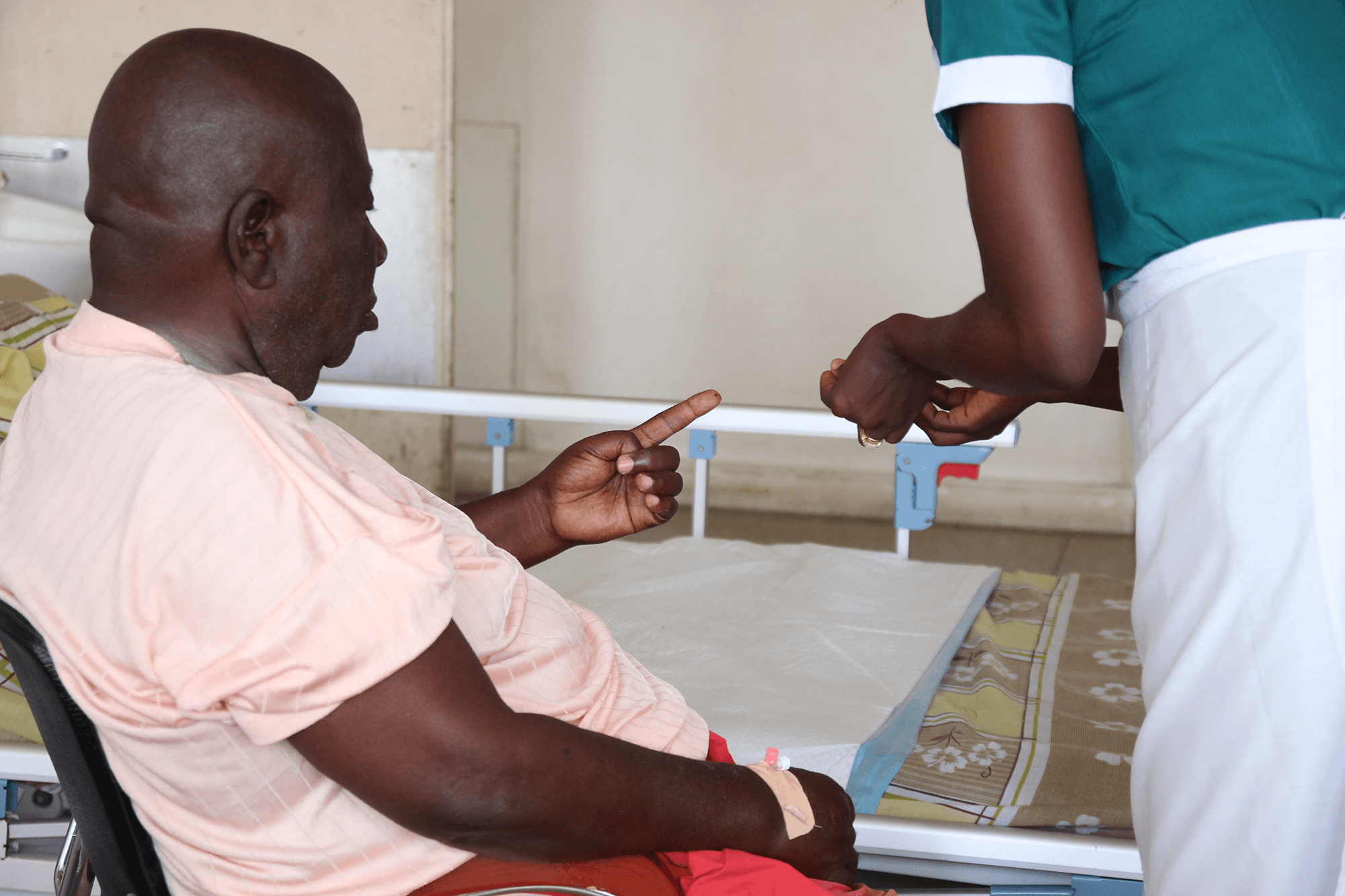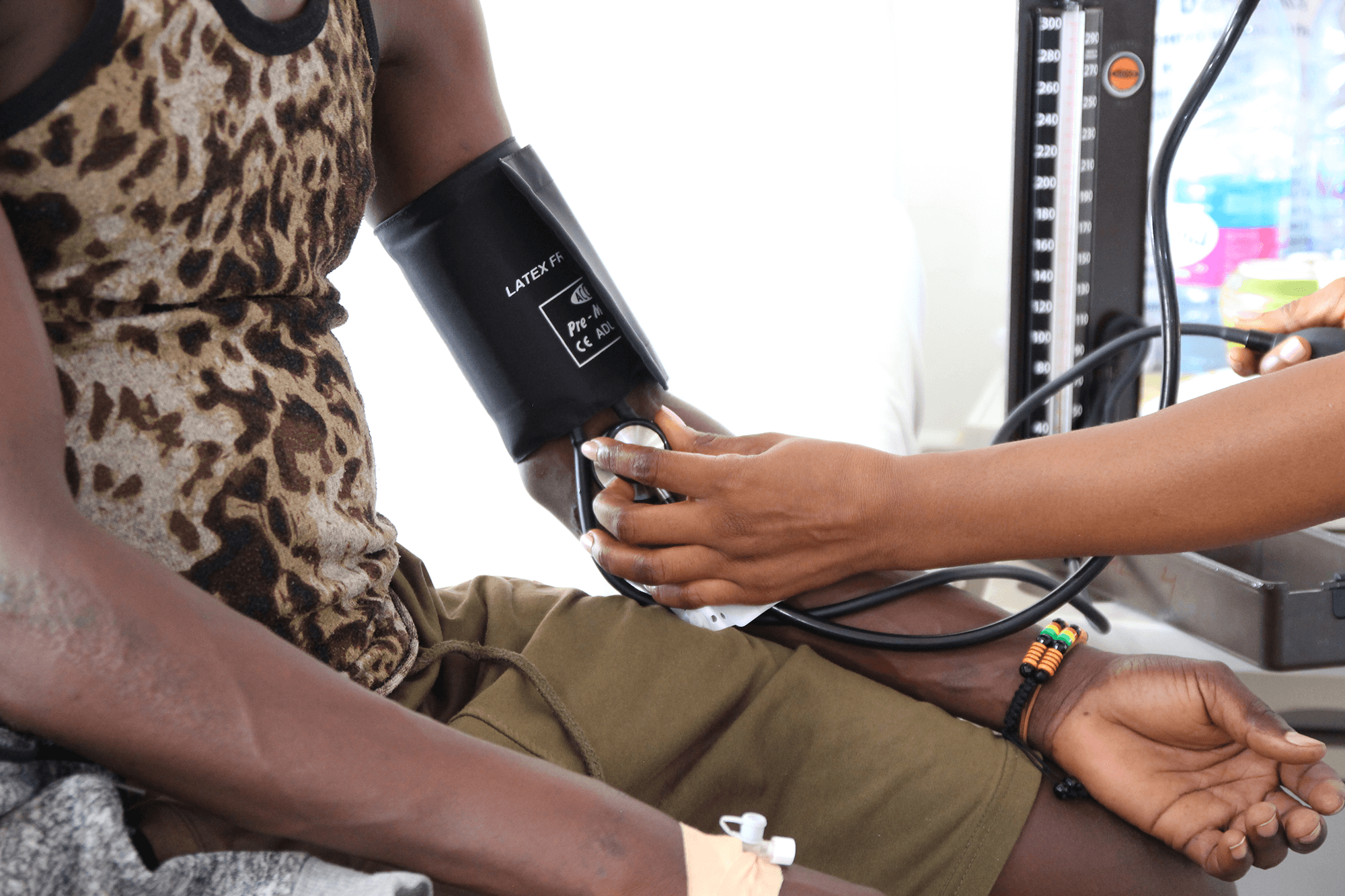Key Facts

The most important risk factors for CVDs include smoking, history of hypertension or diabetes mellitus, obesity, unhealthy diet, alcohol abuse, lack of physical activity, dyslipidaemia, family history of heart disease, and psychosocial factors.

Early diagnosis and adequate management of risk factors can reduce the fatal consequences of CVDs. However, medical staff often lack the capacities to manage patients with CVDs properly.

The CVDs heart failure and stroke are the leading causes of death in Ghana, primarily driven by uncontrolled hypertension.

CVDs are the leading cause of death in the adult population in Ghana affecting the most productive age group.



